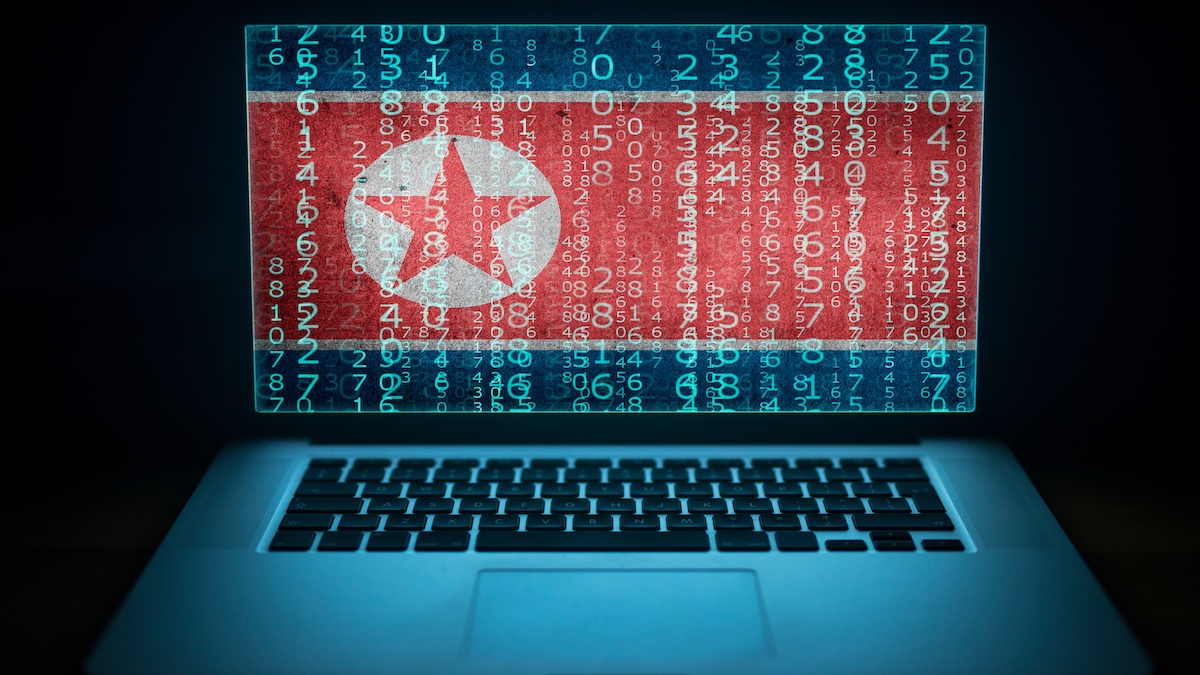Hacker Group Linked to Russian Military Claims Credit for Cyberattack on Kyivstar
Over nearly a decade, the hacker group within Russia’s GRU military intelligence agency known as Sandworm has launched some of the most disruptive cyberattacks in history against Ukraine’s power grids, financial system, media, and government agencies. Signs now point to that same usual suspect being responsible for sabotaging a major mobile provider for the country, cutting off communications for millions and even temporarily sabotaging the air raid warning system in the capital of Kyiv.
On Tuesday, a cyberattack hit Kyivstar, one of Ukraine’s largest mobile and internet providers. The details of how that attack was carried out remain far from clear. But it “resulted in essential services of the company’s technology network being blocked,” according to a statement posted by Ukraine’s Computer Emergency Response Team, or CERT-UA.
Kyivstar’s CEO, Oleksandr Komarov, told Ukrainian national television on Tuesday, according to Reuters, that the hacking incident “significantly damaged [Kyivstar’s] infrastructure [and] limited access.”
“We could not counter it at the virtual level, so we shut down Kyivstar physically to limit the enemy’s access,” he continued. “War is also happening in cyberspace. Unfortunately, we have been hit as a result of this war.”
The Ukrainian government hasn’t yet publicly attributed the cyberattack to any known hacker group—nor have any cybersecurity companies or researchers. But on Tuesday, a Ukrainian official within its SSSCIP computer security agency, which oversees CERT-UA, pointed out in a message to reporters that a group known as Solntsepek had claimed credit for the attack in a Telegram post, and noted that the group has been linked to the notorious Sandworm unit of Russia’s GRU.
“We, the Solntsepek hackers, take full responsibility for the cyber attack on Kyivstar. We destroyed 10 computers, more than 4 thousand servers, all cloud storage and backup systems,” reads the message in Russian, addressed to Ukrainian president Volodymyr Zelenskyy and posted to the group’s Telegram account. The message also includes screenshots that appear to show access to Kyivstar’s network, though this could not be verified. “We attacked Kyivstar…



